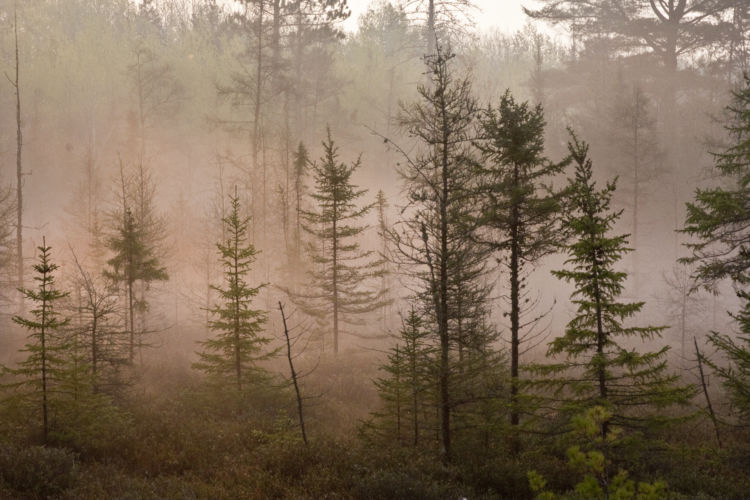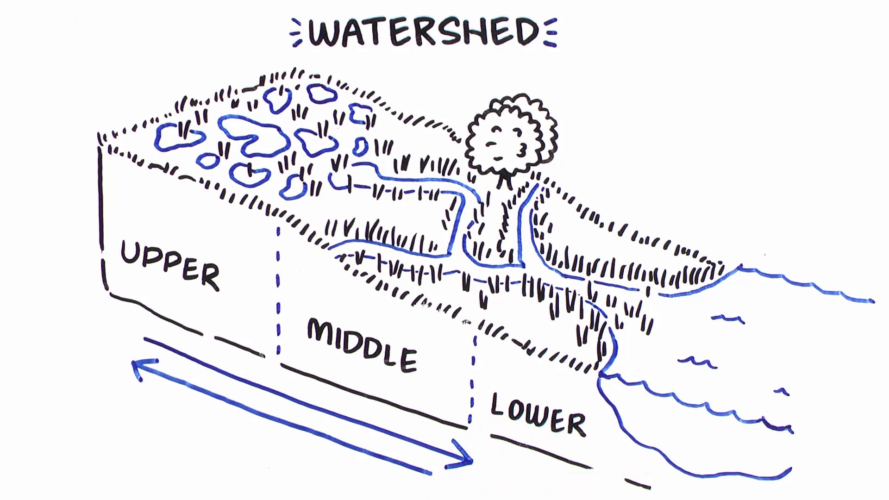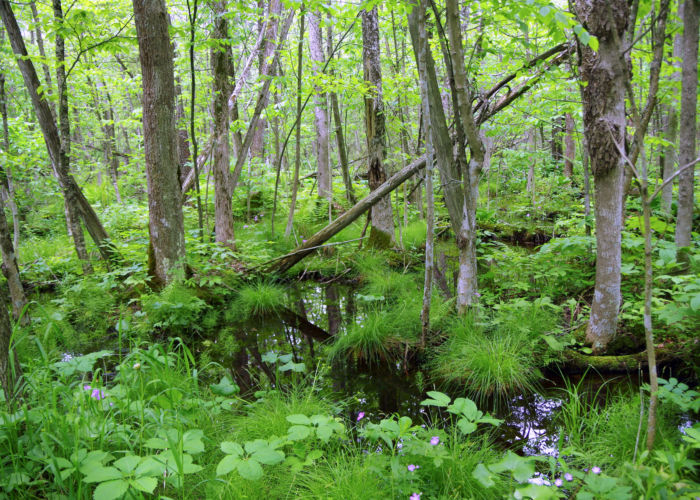What are “isolated” wetlands?
“Geographically isolated wetlands” are wetlands with no direct or permanent surface water connection to navigable lakes or rivers. “Non-federal wetlands” is another common label
Nature creates wetlands to handle water. Sometimes this is in obvious places like along the banks of rivers, where rivers come together, or where rivers empty into larger water bodies. But wetlands also form in more subtle places, like where the land is flat and water runs off the surface very slowly, in shallow depressions where rain and snowmelt pond, or where groundwater bubbles up from a seep or spring.
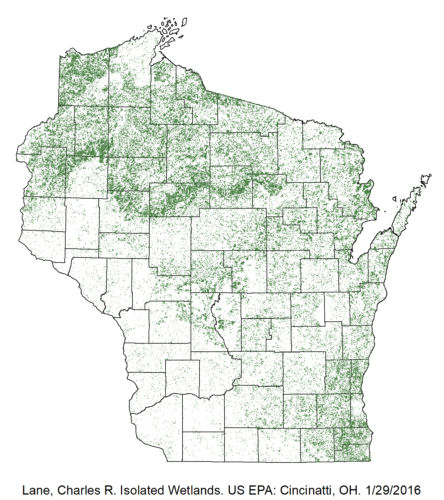
“Isolated” wetlands, shown here in green, are found throughout Wisconsin, totaling more than one million acres.
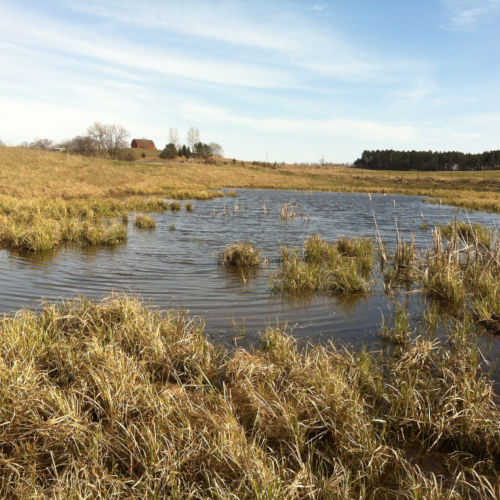
Prairie Pothole
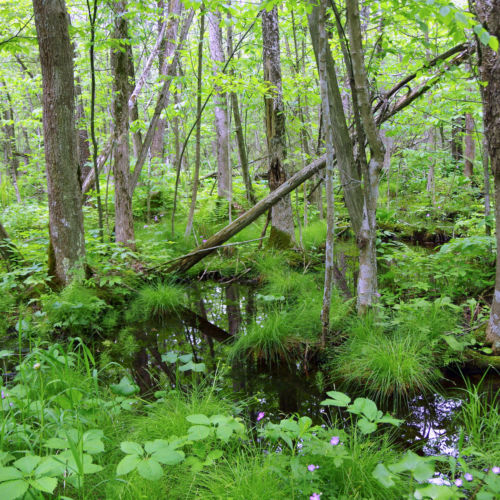
Ephemeral Pond
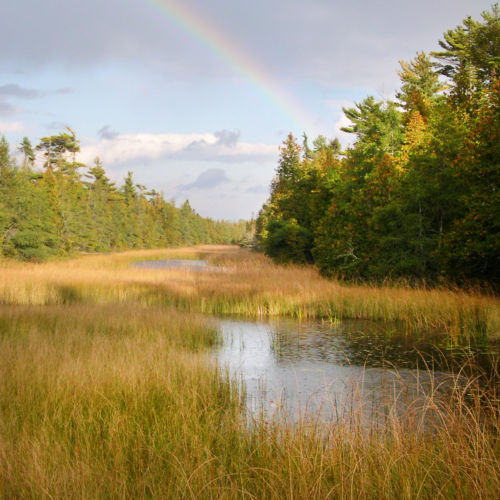
Ridge and Swale Wetland
Are “isolated” wetlands really isolated?
Isolated wetlands may not have an obvious surface water connection to our lakes and rivers, but, in many ways, all of our waters are connected, including these wetlands!
Small and isolated wetlands often connect to groundwater in important ways. Groundwater can be a water source for isolated wetlands via upwelling at springs and seeps. In turn, snowmelt and seasonal rain stored in isolated wetlands can slowly infiltrate down into the ground, recharging groundwater. They connect with downstream communities by controlling water quantity and protecting water quality, and they connect with other wetlands and uplands through the movements of wildlife (for example, salamanders moving from breeding habitat to uplands, or birds flying from wetland to wetland).
Why do we protect “isolated” wetlands?
Wetlands—even the small and seemingly isolated ones—are some of the most important features on our landscape when it comes to providing flood protection and clean water for communities.
Small and isolated wetlands protect against flooding by absorbing and storing snowmelt and seasonal rain. These wetlands also help improve water quality: by slowing the flow of water, they allow sediments to settle to the wetland floor instead of traveling into our lakes and rivers.
Isolated wetlands provide critical and abundant wildlife habitat. Waterfowl depend on these wetlands for breeding, amphibians prefer these fishless waters, and trout rely on them to supply cold summer stream flow.
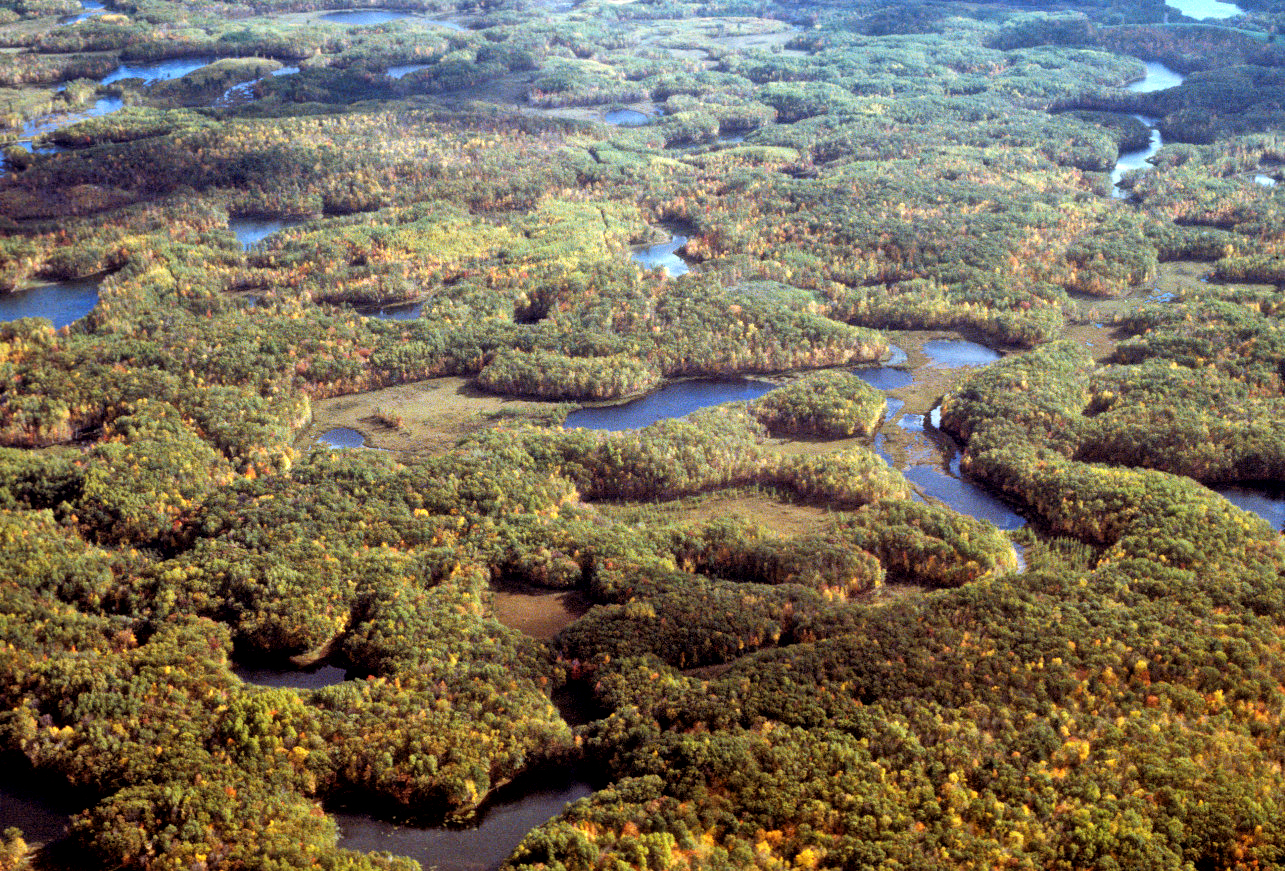
Without these small and isolated wetlands, fish and wildlife would lose critical habitat. Less surface runoff, snowmelt and seasonal rainwater would be absorbed and stored. Larger, flashier floods in our streams and rivers would cause erosion, promote channel down-cutting, and increase sediment deposition. Protecting isolated wetlands maintains the important natural benefits they provide.
Small, seemingly isolated wetlands are important individually, and are especially important when they work together as a team. The benefits provided by many isolated wetlands spread across the landscape, really add up. When it comes to isolated wetlands, the old adage rings true: the whole is greater than the sum of its parts.
So next time you see a place on the landscape where water collects in the springtime, take a closer look. Not every puddle is a wetland, but even small, seemingly isolated wetlands are helping keep fish and wildlife healthy, ensuring that the water you drink is clean, and protecting your community from flood impacts.
Photos by Tracy Hames, Kate Redmond, Jennifer Webster, and Eric Epstein.
Small wetlands make big impact
“Isolated” wetlands may be small but they have a big impact on the landscape.
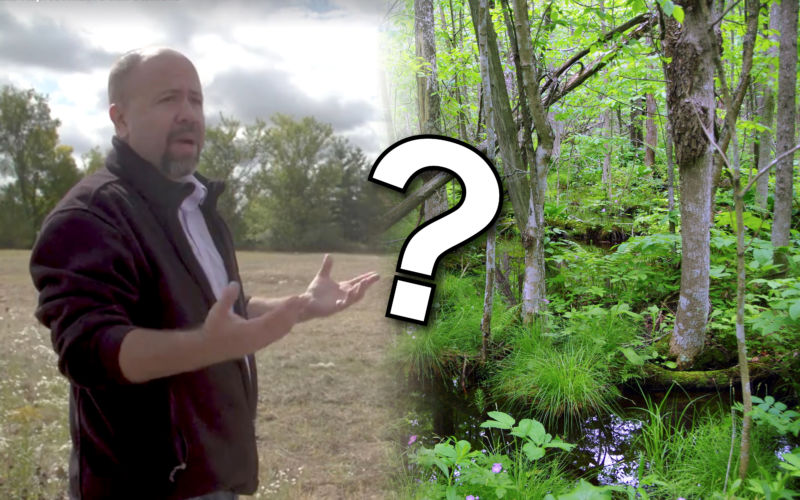
What are non-federal wetlands, and are they low-quality?
Learn about the bill that sparked discussion of non-federal wetlands in Wisconsin.

